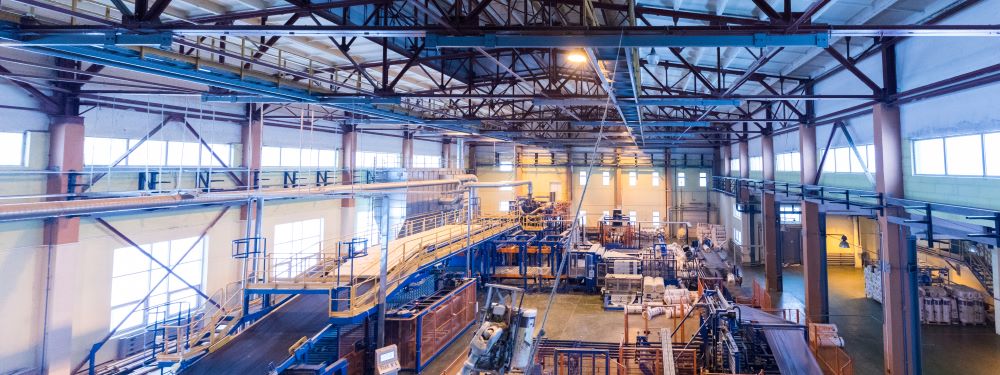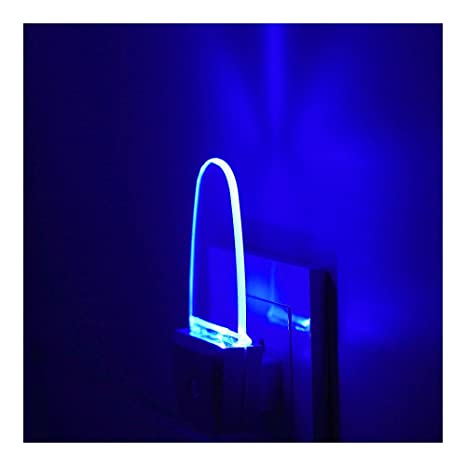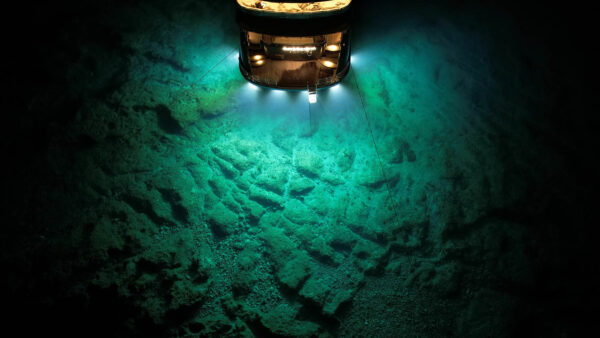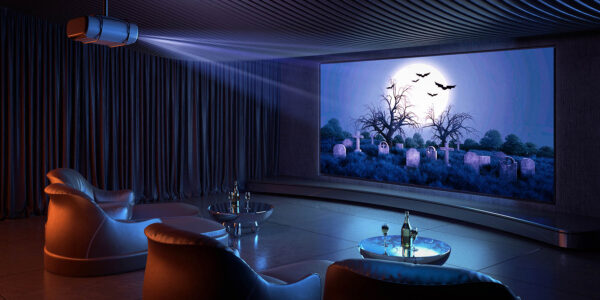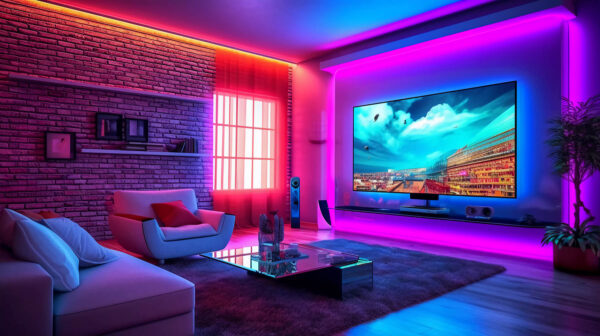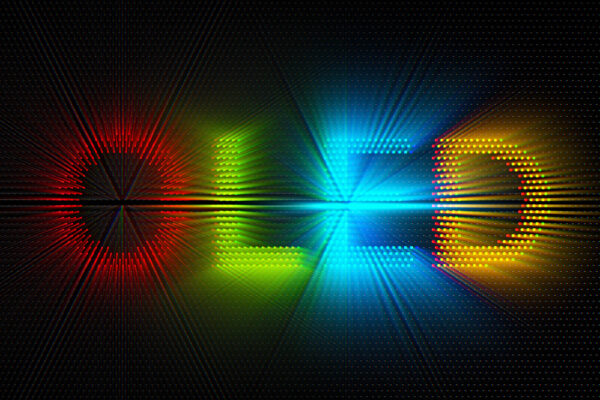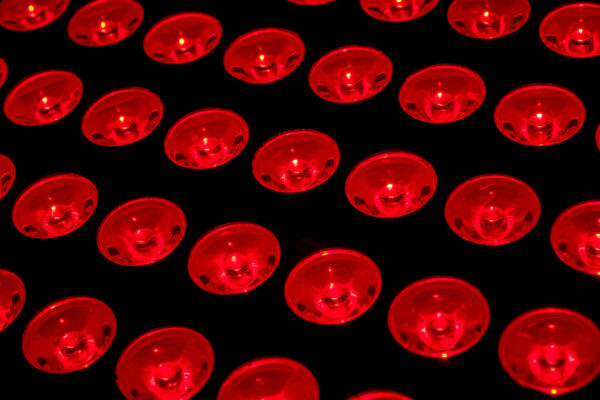Factories and manufacturing spaces have evolved from the dark and dangerous places of the industrial revolution to modern production lines and assembly stations with improved lighting over the years. Now lighting manufacturing areas provide even more opportunities to increase the productivity, safety and efficiency of manufacturing operations. Factory designers and production engineers are finding that using LED lighting enhances the mood of factory employees and provides significant energy savings – both of which have a large impact on the company bottom line.
Worker productivity and quality go hand-in-hand these days and a key to providing good illumination in the workspace is understanding the nature of the production area or station to be illuminated. During assembly, an item is often mated with another – perhaps with a keyway, pin or identifying mark. These items may be glued or welded so that a mistake is costly in terms of materials. Sometimes the mistake goes unnoticed until a later assembly stage or the customer finds the error – an even bigger problem. Using well designed LED lighting from multiple fixtures combined with local LED spot lighting can show dramatic improvements in assembly yields and cost per item. LED lighting provides superior uniformity, contrast and color rendition which help better identify parts, reduce eyestrain, fatigue and lead to fewer errors resulting in higher overall productivity. Employee morale and even retention has been seen to improve as mistakes decrease and the work environment is found to be more comfortable.
Factory managers who are charged with controlling operating costs appreciate the reduction in energy costs provided by LED lighting. LEDs typically provide the same illumination while consuming half the electricity of traditional lighting. Maintenance and production downtime costs for LED’s will also be substantially reduced, as LED fixture lifetimes can operate well over 50,000 hours. Additional savings can be realized since LED lighting can be instantly turned on or off, or dimmed. This allows an opportunity for additional zoning, occupancy and task oriented optimization.
Lighting at a factory that experiences a power outage or long generator transfer can come back online sooner since the lamps do not have a warm-up period. Finally, since LEDs use less power, they produce less heat to the environment. Since most production areas have an abundance of heat, the reduction of lighting heat load reduces the work of the air conditioning system – saving more energy costs. Complaints of workers ‘under the heat lamp’ disappear when LEDs replace traditional lighting that has a large infrared heating component.

